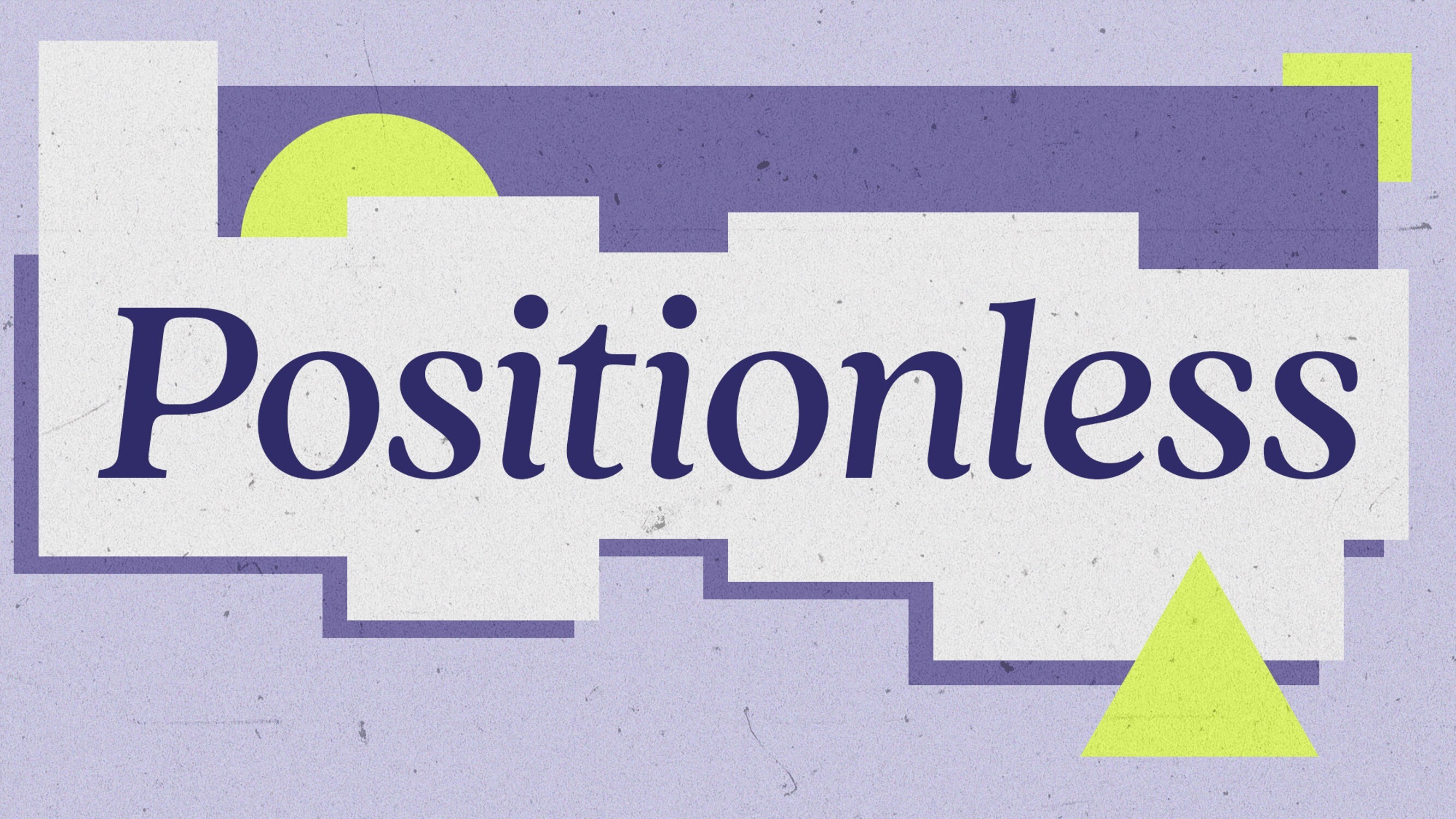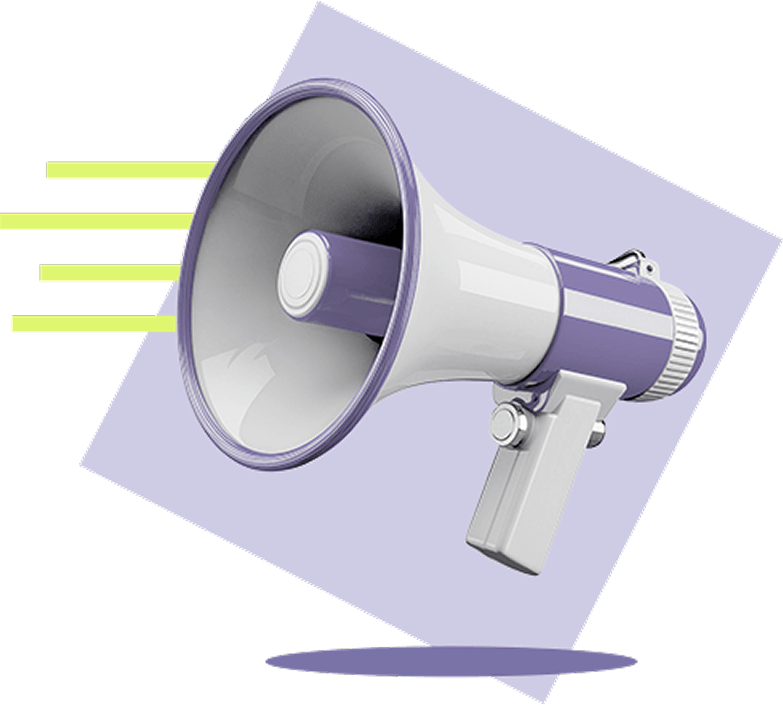
AI and the Retail Marketer’s Future
How AI transforms strategy and processes, driving the adoption of Positionless Marketing
Forrester: Optimove’s Total Economic Impact
Why it matters:
Marketers must prioritize aligning a Customer Data Platform (CDP) with a Multichannel Marketing Hub (MMH) to enhance Customer-Led Marketing. The article warns of risks due to disconnected data, such as fragmented journeys and inefficient campaigns. It emphasizes the impact of misfired messages on customer experiences, urging marketers to adopt integrated CDP/MMH solutions or implement a DIY approach for cohesive customer engagement.

Key takeaways:
Harmonious operation between Customer Data Platforms (CDP) and Multichannel Marketing Hubs (MMH) is crucial for effective Customer-Led Marketing.
Fragmented customer experiences and inefficient campaigns result from data silos between CDP and MMH, hindering seamless marketing efforts.
Miscoordinated or irrelevant messages can lead to customer confusion, irritation, loss of trust, and missed opportunities, damaging the overall customer experience.
Platforms like Optimove, with pre-equipped CDP/MMH integration, offer an easy “out-of-the-box” solution for marketers seeking cohesive customer engagement.
Without a well-connected CDP to an MMH, customer data often remains siloed within individual channels. This fragmentation leads to inconsistent and disjointed customer experience. Customers may receive conflicting messages or irrelevant content, causing frustration and disengagement.
Disconnected data prevents marketing executives from recognizing and capitalizing on critical engagement opportunities. A customer’s interaction with one channel may go unnoticed by another, resulting in missed chances to deliver relevant, timely content.
Running campaigns across disconnected channels becomes inefficient and resource intensive. Marketing teams may need to duplicate efforts to ensure consistency, wasting valuable time and resources that could be better utilized in crafting personalized messages.
Misfired messages can significantly damage Customer-Led Marketing efforts and the customer experience. When marketing messages are not well-coordinated or personalized, customers may experience:
Receiving conflicting or irrelevant messages can confuse customers, leaving them uncertain about your brand’s message or intentions.
Irrelevant messages can be irritating and lead to customers unsubscribing or disengaging from your brand.
Customers expect brands to understand their preferences and needs. Misfired messages erode trust, as customers may feel that their data is mishandled or not valued.
When messages are not timely or well-targeted, customers may miss out on valuable offers, promotions, or information that could enhance marketing engagement and customer experience.
To maximize customer engagement as part of a Customer-Led Marketing strategy, B2C marketing executives should prioritize the harmonious operation of their Customer Data Platform (CDP) with a Multichannel Marketing Hub (MMH). Certain CRM platforms, like Optimove, come pre-equipped with this seamless connection, providing an easy “out-of-the-box” solution.
However, if a marketer decides not to adopt a platform with prebuilt CDP/MMH integration, there are key strategies to consider in taking a DIY approach to achieving this cohesion:
Ensure your CDP effortlessly integrates with all pertinent marketing channels. This guarantees real-time data sharing and synchronization, providing each channel with access to the most current customer information.
Forge comprehensive customer profiles within your CDP by consolidating data from various channels. This unified perspective empowers marketing teams to comprehend each customer’s preferences, behaviors, and history across all touchpoints.
Harness the potential of your well-connected CDP to craft highly personalized messages and experiences. Tailor content to each customer’s unique journey, significantly boosting engagement prospects.
Enact cross-channel coordination strategies that enable marketing messages to seamlessly traverse between channels. For instance, an email engagement could trigger a follow-up message on a social media platform.
Make the most of automation and orchestration tools within your multichannel marketing hub to streamline customer interactions. Automate responses, follow-ups, and triggers to maintain consistency and timeliness.
By adopting these strategies, you can ensure that your CDP and MMH work in harmony, creating a seamless and engaging customer experience that embodies journey orchestration.
The harmonious operation of a Customer Data Platform (CDP) with a Multichannel Marketing Hub (MMH), similar to Optimove, is paramount for effective customer engagement. Prioritizing data integration, unified customer profiles, and personalized messaging creates a seamless and engaging customer experience. This journey orchestration fosters meaningful interactions with consumers, driving customer loyalty and optimizing customer lifetime value.
Forrester: Optimove’s Total Economic Impact
The Forrester Total Economic Impact™ Study shows that Optimove’s Positionless Marketing Platform drives an 88% boost in campaign efficiency.


Rob Wyse is Senior Director of Communications at Optimove. As a communications consultant, he has been influential in changing public opinion and policy to drive market opportunity. Example issues he has worked on include climate change, healthcare reform, homeland security, cloud transformation, AI, and other timely issues.


